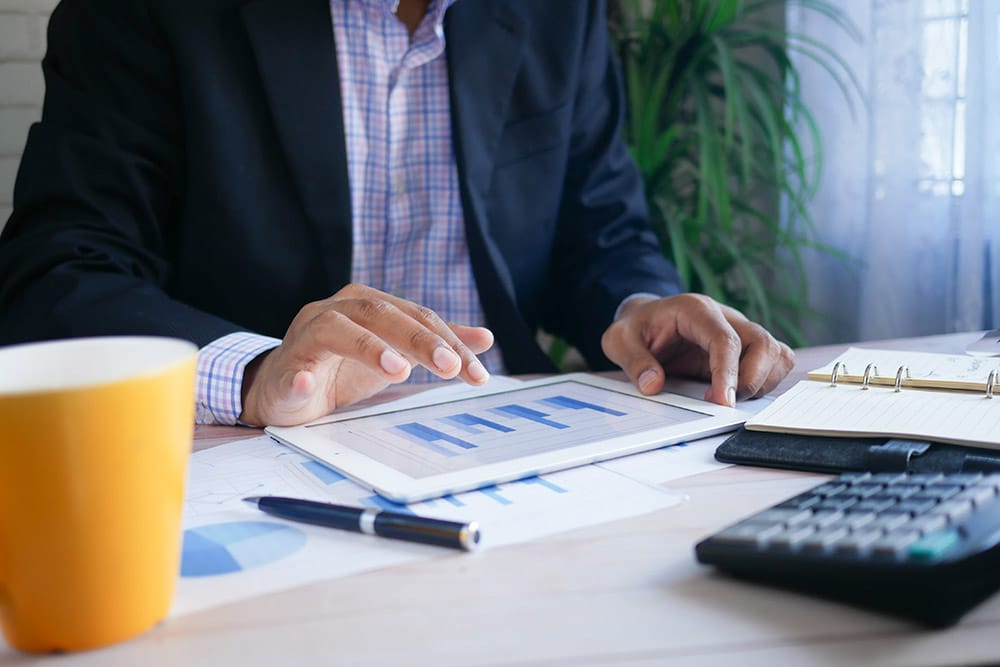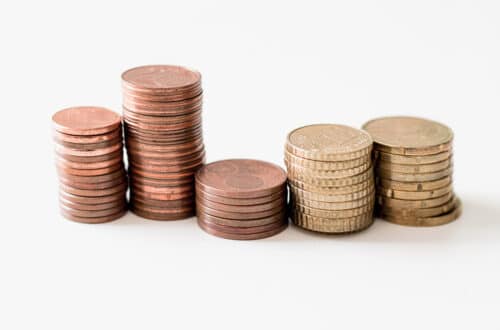
How to Do a Basic Cryptocurrency Fundamental Analysis (8 Actionable Tips)
One of the questions that I get all the time is “which cryptocurrency should I buy?” and I usually answer by giving them a few relatively safe options that I like and recommending that they do a basic fundamental analysis on anything else that catches their eye. This is a must for anyone who wants to manage his/her risks. So in this post, I’m going to give you a few pointers on how to do a basic cryptocurrency fundamental analysis.
You should know that a full crypto fundamental analysis would go deeper and include more information. But this basic version is good for beginners and every non-professional investor or trader.
Things you should look for when doing cryptocurrency fundamental analysis
When deciding on whether to buy a crypto asset as a long-term investment or even a short-term trade, it’s good to look these things up. I know I certainly do. So in order of difficulty and the time needed, here are some crypto fundamentals:
1. The concept and the mission of the project
The first and easiest thing you should do, is going to coinmarketcap.com and searching for the cryptocurrency that you want to buy.
Open its page and read the description of the project. You can usually find the address for their website in the description too and if not, there’s always google. After reading about the concept of the project, you can go to their website and read their vision and mission statements as well.
If the concept is non-existent or seems illogical or redundant, you should probably think twice before buying this coin or token.
2. Market cap and circulating supply
One other thing that you can look up in the coinmarketcap website, is the market cap and circulating supply of a coin or token.
These numbers won’t mean much, just by themselves. But in combination of other data, they are important.
For example if a project is 5 years old and its market cap and circulating supply are relatively low, there may be something wrong. Or if the price is too low and you want to buy in the hope that it will 100x, you should calculate the 100x of its market cap and see if the result is reachable.
3. The content and quality of the project’s website
Find the project’s website and go through it patiently. See the “about” and other similar pages. If they have a blog, skim a few posts. Click on random button and links to see what happens. If a team can’t make a decent enough website with good content and without broken links and empty pages, you should doubt their technical ability to operate a blockchain or even just their own token.
4. The project’s field of work and competition
To an outsider, they may all seem alike. But there a lot of different categories in the crypto market. See what field your intended cryptocurrency operates in. Then find other competing projects in the same field.
Can the project that you want to invest in, hold its own against the competition? Is this field too crowded already for a new player? Answering these kinds of questions, can help you decide about the potential of a project.
5. The people who are involved with the project
On the project’s website, find their board members, advisors and actual team. Go through the names. If there are social links, see their twitter and linkedin profiles. If you can find at least a few reputable and experienced people who are involved with the project, you can buy their coin or token with more ease of mind.
6. What the public is saying about this cryptocurrency
Search social media, especially twitter and youtube, and different blogs, to find out what other people are saying about the project that you want to invest in or the cryptocurrency that you want to buy. You can do this about the people who are involved with the project as well.
Of course you shouldn’t trust everything you read on the internet but if a lot people are saying that a project is a scam, you should be a lot more careful.
7. On-chain analysis and statistics
This is kind of technical. But tools like glassnode can help you make sense of the raw data and find valuable information about any cryptocurrency and the crypto market as a whole.
Look for things like number of active addresses, how many of these addresses are in loss, hash rates, exchange inflow numbers, etc.
8- Transaction fees
This is not that important, especially on its own. But if you’re looking at a new project with high transaction fees and slow executions, you might want to rethink buying its coin.
On the other hand, if the project has its own blockchain and promises lower transaction fees than the competition, it can be a great advantage.
Pin It!

Your turn
What do you look at when doing crypto fundamental analysis? Let us know in the comments.
Share this post so we can all find great projects and cryptocurrencies to invest in or trade.
***Last Updated on 21 March 2022 by Hamed Derakhshani (Guy with a Wallet)




